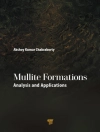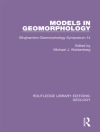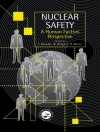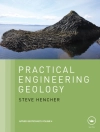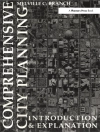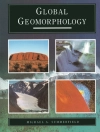The Waste Isolation Pilot Plant (WIPP) is a deep underground mined facility for the disposal of transuranic waste resulting from the nation’s defense program. Transuranic waste is defined as waste contaminated with transuranic radionuclides with half-life greater than 20 years and activity greater than 100 nanocuries per gram. The waste mainly consists of contaminated protective clothing, rags, old tools and equipment, pieces of dismantled buildings, chemical residues, and scrap m...
The Waste Isolation Pilot Plant (WIPP) is a deep underground mined facility for the disposal of transuranic waste resulting from the nation’s defense program. Transuranic waste is defined as waste contaminated with transuranic radionuclides with half-life greater than 20 years and activity greater than 100 nanocuries per gram. The waste mainly consists of contaminated protective clothing, rags, old tools and equipment, pieces of dismantled buildings, chemical residues, and scrap materials. The total activity of the waste expected to be disposed at the WIPP is estimated to be approximately 7 million curies, including 12, 900 kilograms of plutonium distributed throughout the waste in very dilute form. The WIPP is located near the community of Carlsbad, in southeastern New Mexico. The geological setting is a 600-meter thick, 250 million-year-old saltbed, the Salado Formation, lying 660 meters below the surface.The National Research Council (NRC) has been providing the U.S. Department of Energy (DOE) scientific and technical evaluations of the WIPP since 1978. The committee’s task is twofold: (1) to identify technical issues that can be addressed to enhance confidence in the safe and long-term performance of the repository and (2) to identify opportunities for improving the National Transuranic (TRU) Program for waste management, especially with regard to the safety of workers and the public.This is the first full NRC report issued following the certification of the facility by the U.S. Environmental Protection Agency (EPA) on May 18, 1998. An interim report was issued by the committee in April 2000 and is reproduced in this report. The main findings and recommendations from the interim report have been incorporated into the body of this report. The overarching finding and recommendation of this report is that the activity that would best enhance confidence in the safe and long-term performance of the repository is to monitor critical performance parameters during the long pre-closure phase of repository operations (35 to possibly 100 years). Indeed, in the first 50 to 100 years the rates of important processes such as salt creep, brine inflow (if any), and microbial activity are predicted to be the highest and will be less significant later. The committee recommends that the results of the on-site monitoring program be used to improve the performance assessment for recertification purposes. These results will determine whether the need for a new performance assessment is warranted. For the National TRU Program, the committee finds that the DOE is implementing many of the recommendations of its interim report. It is important that the DOE continue its efforts to improve the packaging, characterization, and transportation of the transuranic waste.


